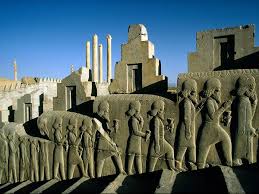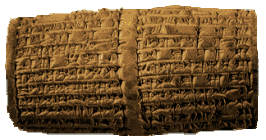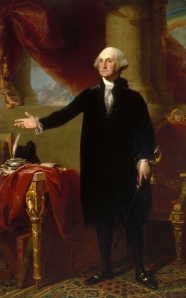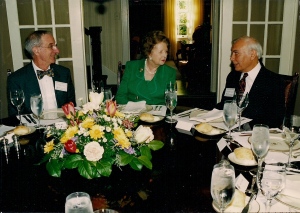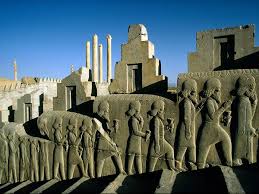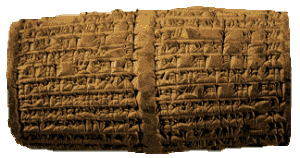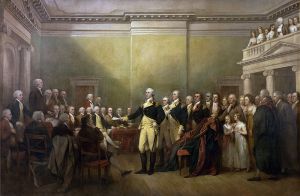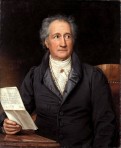“Monday Musings” for Monday March 16, 2015
Volume V, No. 11/219
Norooz, Persian (Iranian) New Year
By Assad Meymandi, MD, PhD, DLFAPA*
NOROOZ
We are only four days away from the Iranian New Year, Norooz. Yes, March 20, the first day of spring, vernal equinox, is also the first day of the Persian New Year. Iranians will celebrate year 5776 on Friday. My sources in Tehran tell me that the 70 plus million Iranians were hoping that a nuclear treaty with America will materialize by March 21, and sanctions will be lifted, giving the Iranians the best New Year’s present they could get. But it appears that it will not happen. We will not have a treaty. Sanctions will not be lifted and people will not get their hoped-for new year present (in Farsi, Eidee).
But it does not matter. The Persian people are used to political vicissitudes and domestic extremes. After all, the Persian civilization was there before Moses (1590 BC-1470 BC, lived to be 120 years) wrote the Pentateuch, the first five books of the Old Testament (scholarship not-withstanding)……
The Persians were there before the Code of Hammurabi, the Babylonian law code, was written in 1772 BC.
Persia, the Persian Empire and Zoroaster gave humanity monotheism, and issued the first declaration of human rights. Persia was there before the Old and the New Testaments….
Avesta, the Zoroastrian Bible, was there before the Synoptic Gospels, the Gospel of John and the Book of Revelation…. Monotheism was exhorted in Gatha and the Book of Gushtasb by Zarathustra before Moses wrote about Yahweh….
The Zoroastrian code of conduct: “good thought, Good word, and Good deed” was there long before the Ten Commandments…
Cyrus the Great of Persia liberated the Jews 500 years BC (Babylonian Captivity). There are dozens of references made to him and to the Persian Empire in the Bible. In Isaiah 45 Cyrus is named Messiah. Additional references may be found in Chronicles, Ezra, Daniels, Hezekiah, Maccabees 1, Maccabees 2, Maccabees 3, Maccabees 4, Maccabees 5, Esdras, Sirach, and Esther.
The world’s first charter of human rights, Cyrus Cylinder, housed in the British Museum, completed its American tour two years ago. It was exhibited in Arthur M Sackler Gallery (the late Dr. Sackler was a psychiatrist) and J Paul Getty Museum, Los Angles, before returning back to the British Museum. The writing is elegant cuneiform (Mikhi) script (link below).
America has a special historical link with Persia. When the founding fathers were contemplating the architectonics of the US Constitution and the relationship between the central/federal government and the 13 colonies, John Adams and Benjamin Franklin referred to the Persian Empire, and copied the form of Persian government, a Republic, where individual states are sovereign and autonomous. Also, Benjamin Franklin copied the ancient Persian postal service and adopted the Persian mail system (Peyk).
Persia’s contribution to music has been vast and innumerable. Let me illustrate one. No matter where in the world a symphony is playing when the concertmaster enters the symphony hall to tune the orchestra before the maestro takes over, it is the oboe, a pure Persian instrument, that gives the first note to guide the concertmaster to tune the orchestra. It is universal and with no exception, it is the Persian instrument, the oboe, that set the tune for the entire orchestra.
In more modern history, the late President Truman often in his speeches referred to Cyrus the Great and the Persian Empire’s achievements.
The Persian New Year, vernal equinox, when the day and night are equal and exactly 12 hours long, representing nature’s exquisite justice, was celebrated 5776 years ago, in the month of Edar Awal which followed the month of Shavat, as the Persian New Year or Norooz. Therefore, on March 21, vernal equinox, we celebrate Norooz, the first day of the Persian calendar 5776.
We are Persians; we are inheritors of such dazzling history and civilization….
And with humility and gratitude, we share this joyous occasion with all humanity. Happy Norooz (New Day, New Year) to All.
*The writer is Adjunct Professor of Psychiatry, University of North Carolina School of Medicine at Chapel Hill, Distinguished Life fellow American Psychiatric Association, and Founding Editor and Editor-in-Chief, Wake County Physician Magazine (1995-2012). He serves as a Visiting Scholar and lecturer on Medicine, the Arts and Humanities at his alma mater the George Washington University School of Medicine and Health.

